When you plug in an appliance at home, you might assume that every outlet works the same. But did you know that your household outlet could be supplying either 15 amps or 20 amps of power? Understanding the difference is key when it comes to safely and efficiently powering your appliances.
Breakers and Outlets
The real determining factor isn’t the outlet itself it’s the breaker that your outlet is connected to.
-
Some breakers are rated for 15 amps
-
Others are rated for 20 amps
In most newer homes, many outlets are tied to 20-amp breakers. However, keep in mind that all outlets connected to the same breaker are sharing that total capacity. For example, if you’re running multiple appliances in the same room, they could all be pulling from one 20-amp breaker.
You might think you need a special outlet for 20 amps, such as a NEMA 5-20 (with the horizontal prong slot), but that’s not always the case. Even standard NEMA 5-15 outlets can still be wired to a 20-amp breaker. That’s because both 5-15 and 5-20 outlets use the same internal contacts and wiring to deliver the power.
Wire Gauge Matters
The second piece of the puzzle is the wire gauge in your power cords or adapters.
-
15 amps generally require 12 gauge wire
-
20 amps require 10 gauge wire
This is where our ACWORKS products stand out. All of our NEMA 5-15 power cords and adapters are built with 10 gauge wiring inside, meaning they are fully capable of carrying up to 20 amps when your breaker allows it. This applies to our pigtail adapters, extension cords, and more.

Key Takeaways
If you want to make sure your appliances are getting the power they need, remember these two things:
-
Check the breaker that your outlet is tied to. That will tell you whether you’re working with 15 amps or 20 amps. Also consider other outlets tied to the same breaker.
-
Use the right cord or adapter. A 10-gauge wire ensures you can safely draw the full 20 amps when available.
With ACWORKS products, you can feel confident knowing your cords are ready to handle the load. Check out some of our adapters below
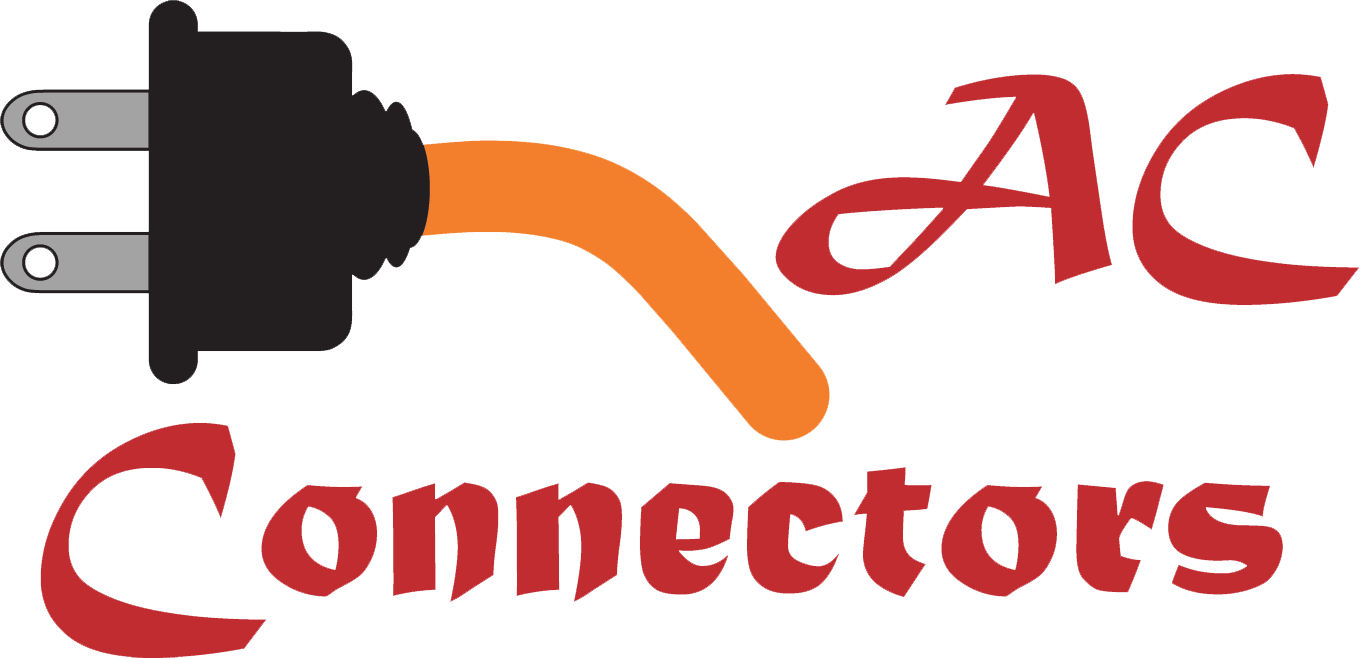

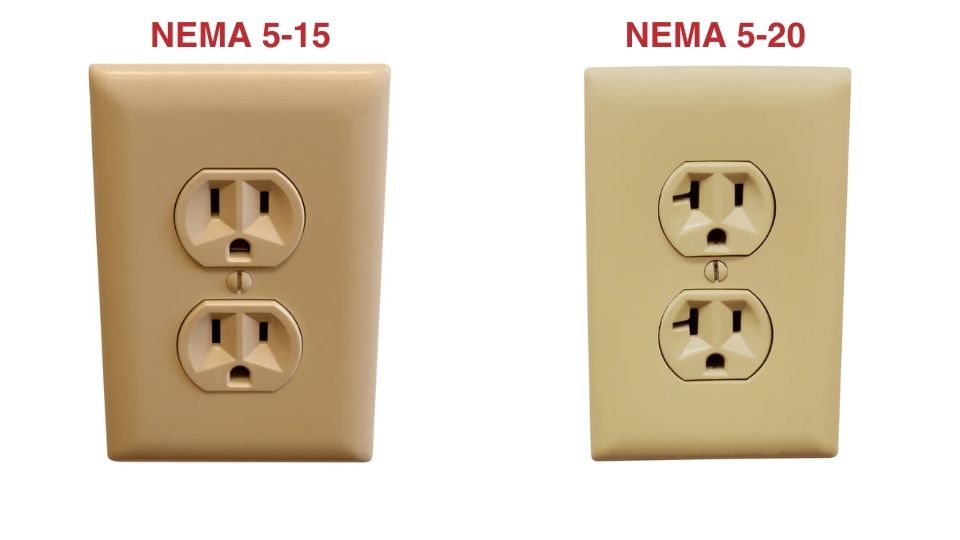
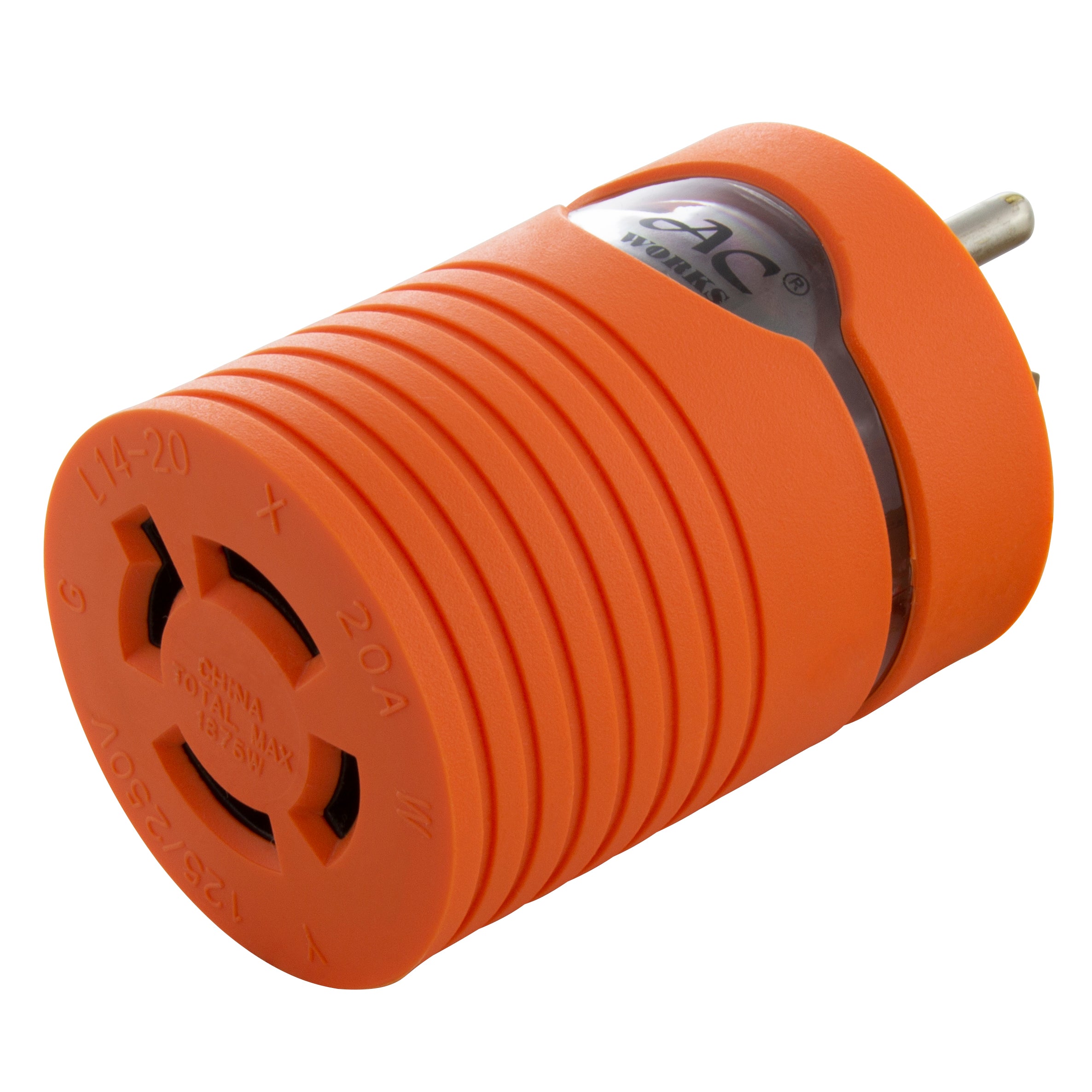
![AC WORKS® [S515L1430-012] 1FT 15-Amp Household Plug to L14-30R 30A 125/250V 4-Prong Connector](http://acworks.com/cdn/shop/files/S515L1430-012-0_3fe8e45b-006e-4e97-b202-7bfc4b7f936c.jpg?v=1766097671&width=2500)
![AC WORKS® [AD515L530] RV/Marine Adapter Household 15A Plug to Locking L5-30R 30A 125V Connector with cCSAus approval](http://acworks.com/cdn/shop/products/AD515L530-0_651c13b9-62f4-4dad-8ef2-9f27f789e89a.jpg?v=1723749762&width=2456)
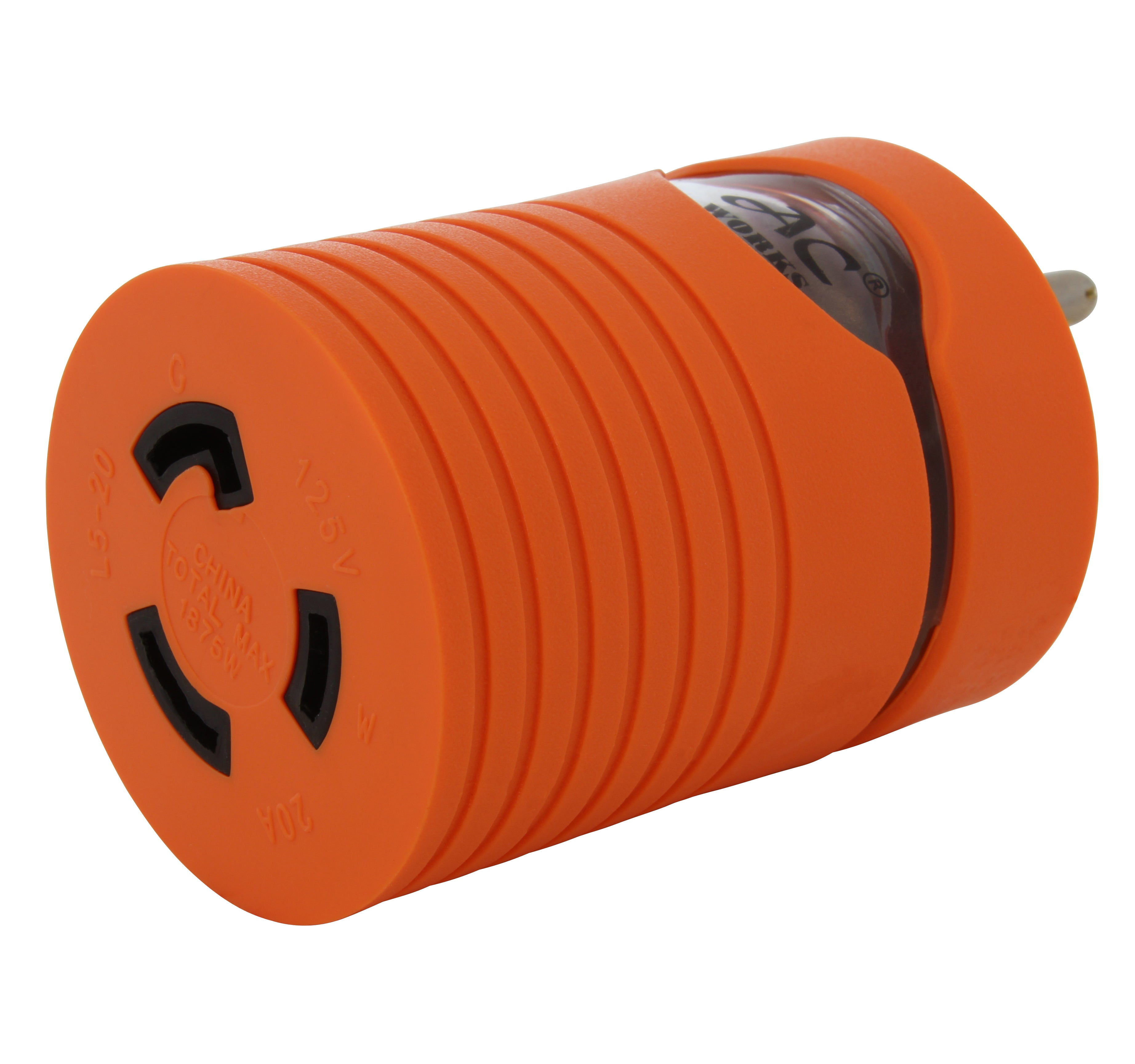
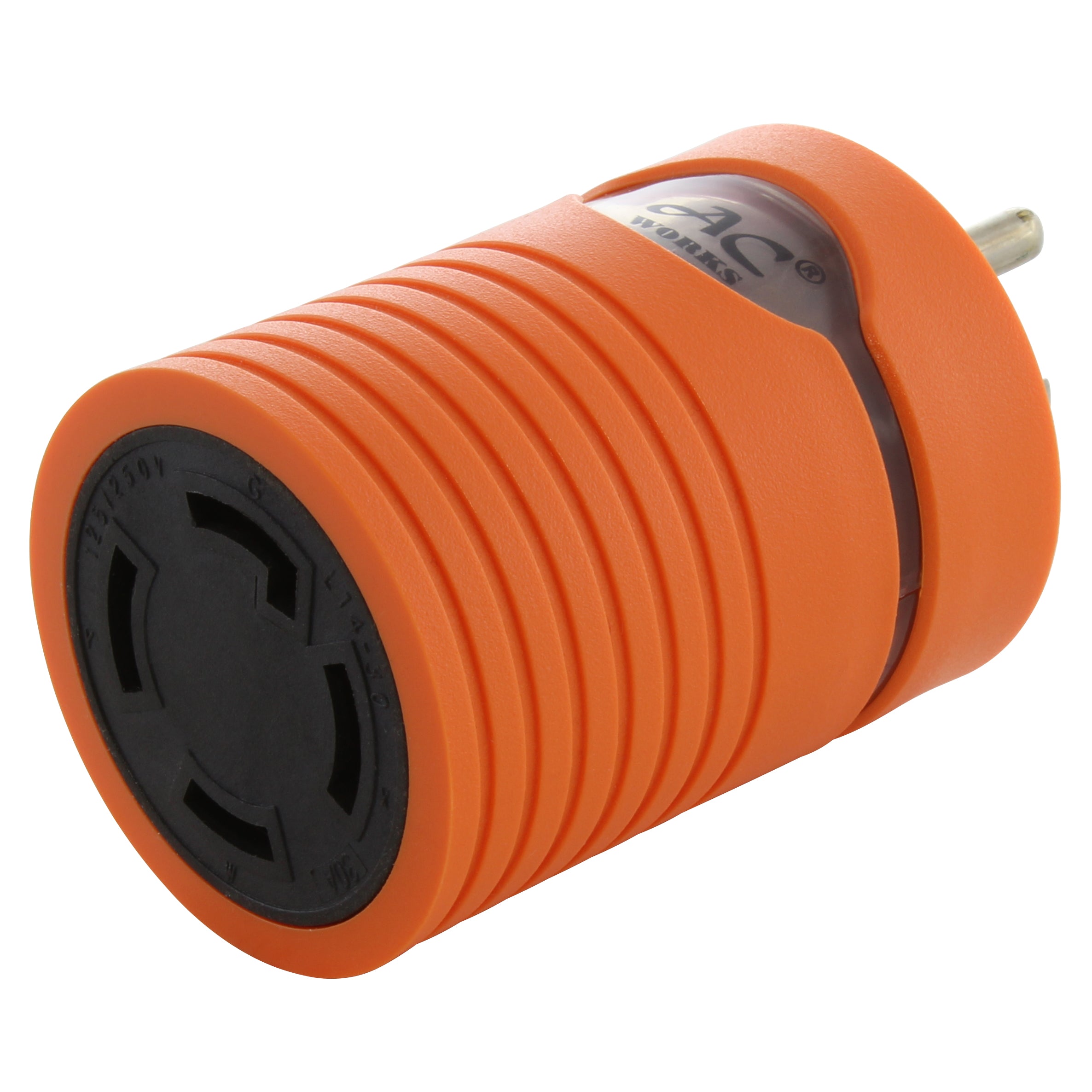
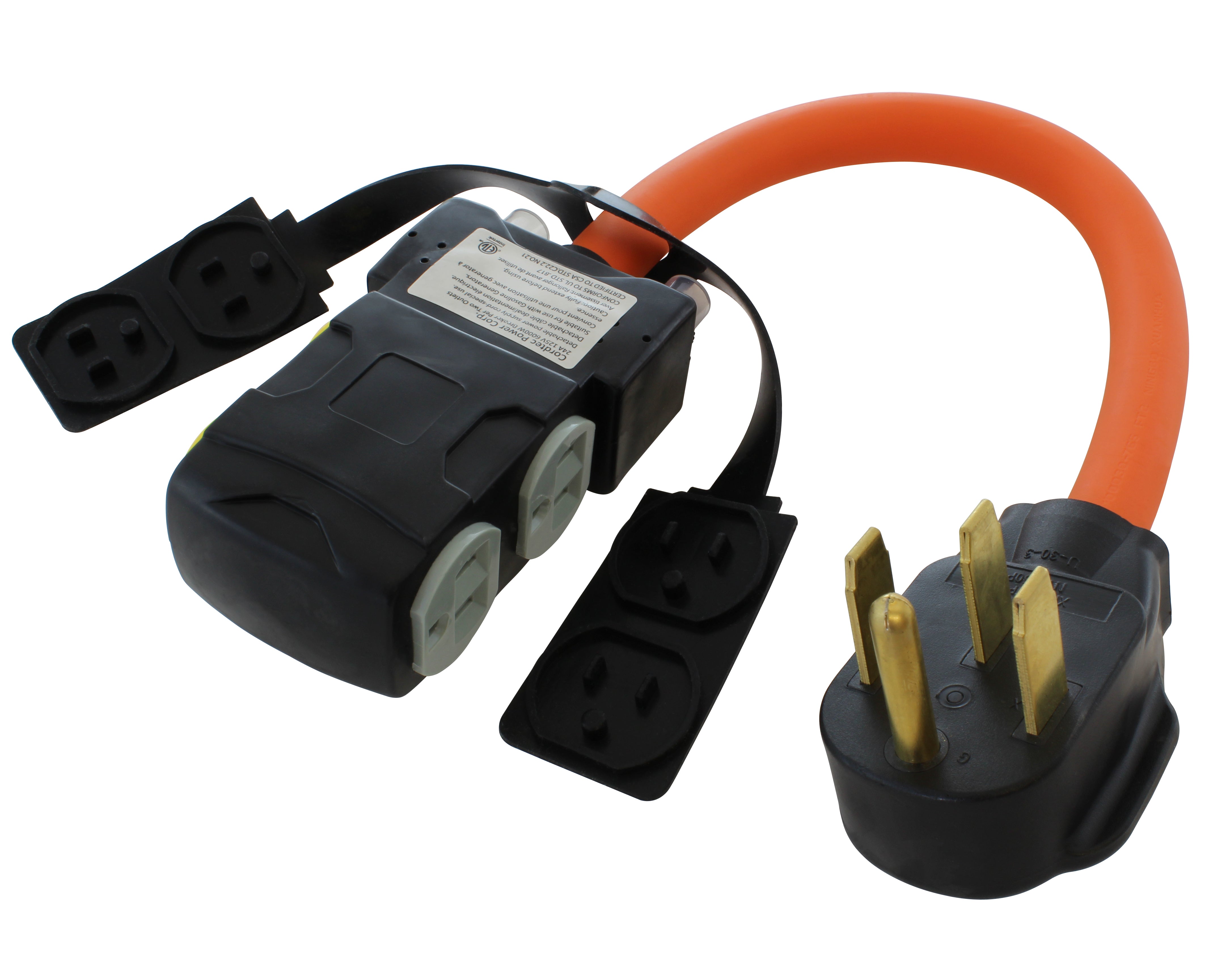
![AC WORKS® [ASINSS2PBX-G] 50A Locking 4-Wire CS6375/ SS2-50 Heavy-Duty Transfer Switch Inlet Box](http://acworks.com/cdn/shop/files/ASINSS2PBX-0_0206b362-7c90-42a5-8754-0685c13dab7e.jpg?v=1758051675&width=2500)
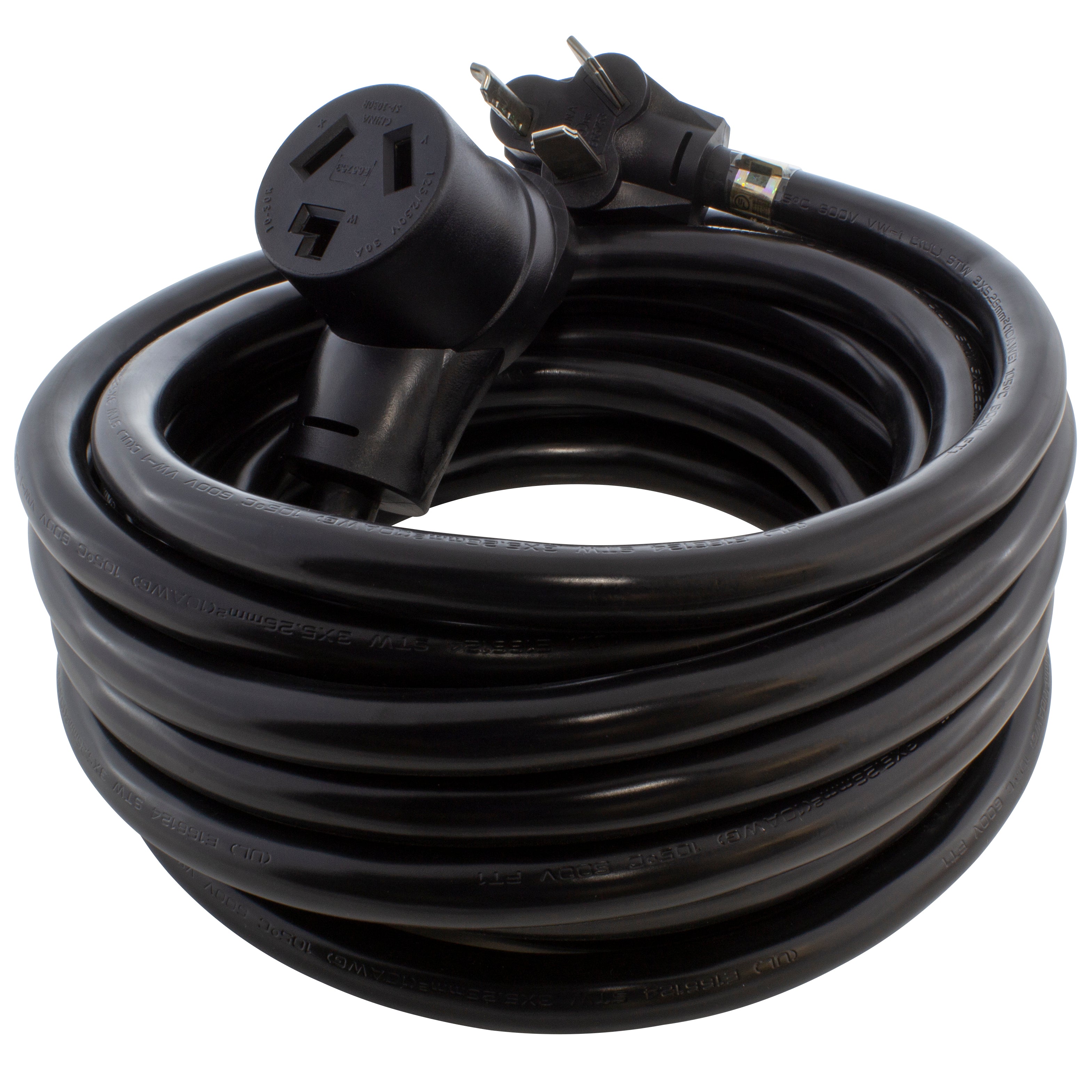
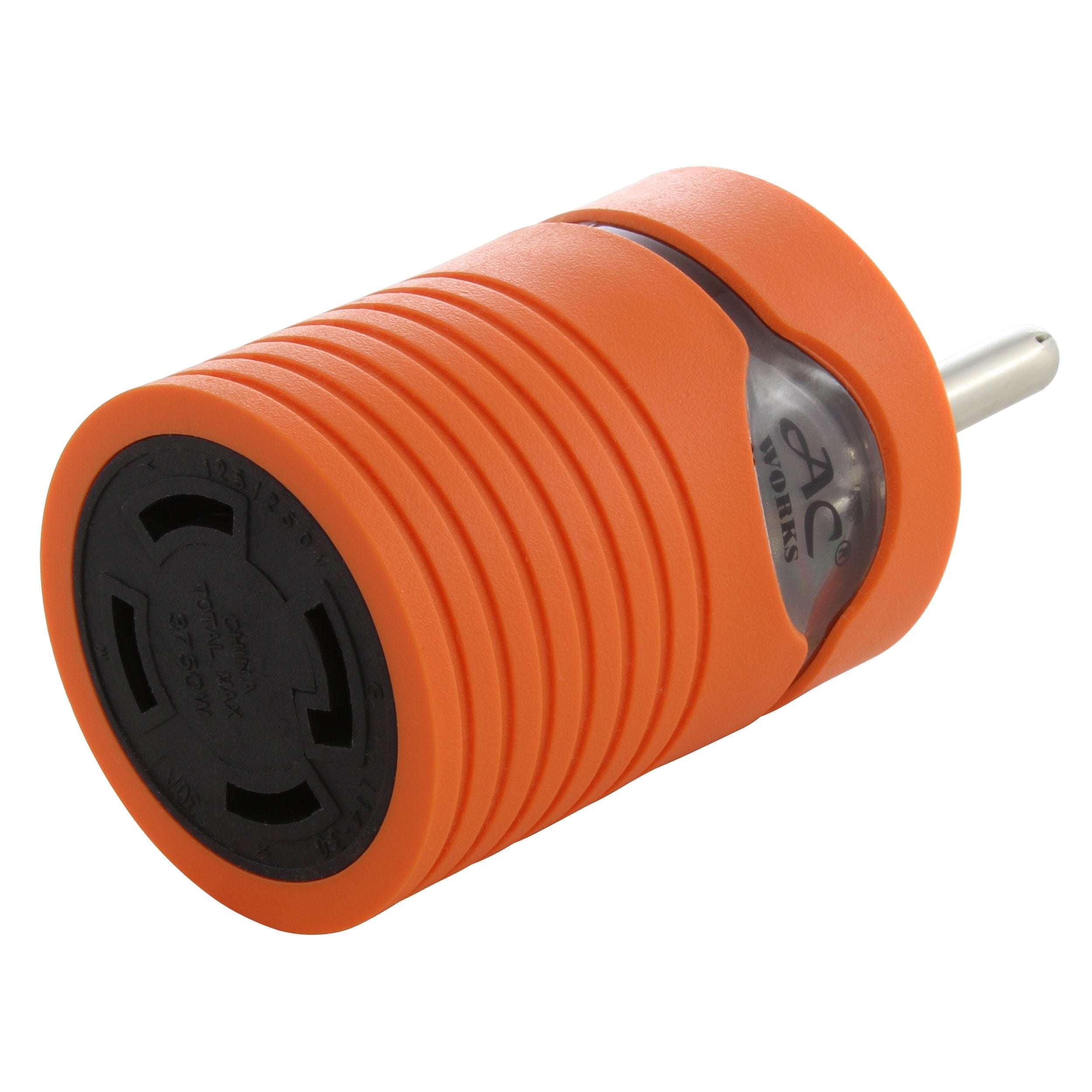
![AC WORKS® [S1430CBF520] 1.5FT 14-30P 4-Prong Dryer Plug to (4) Household Outlets with 24A Breaker](http://acworks.com/cdn/shop/products/S1430CBF520.jpg?v=1666103519&width=4656)
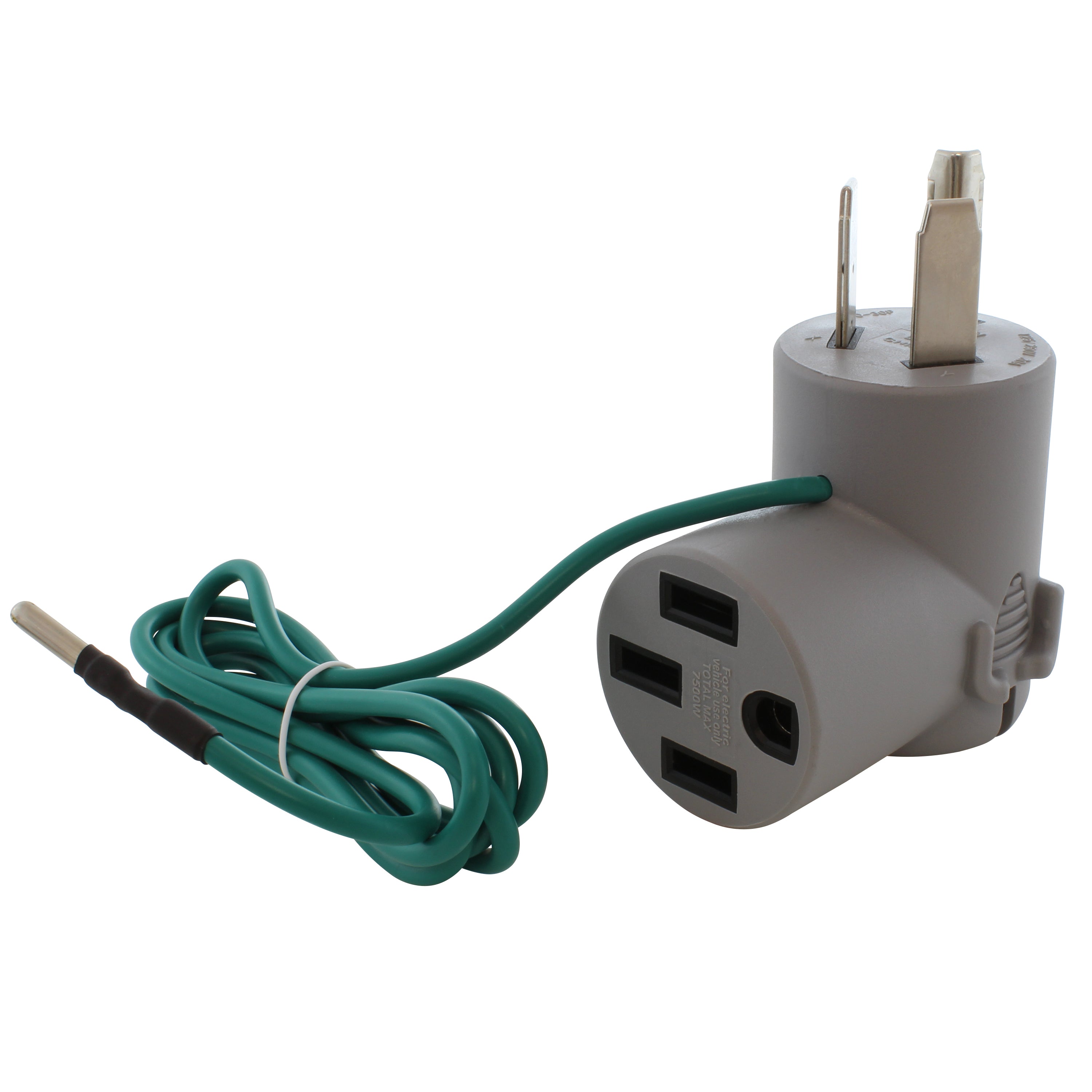
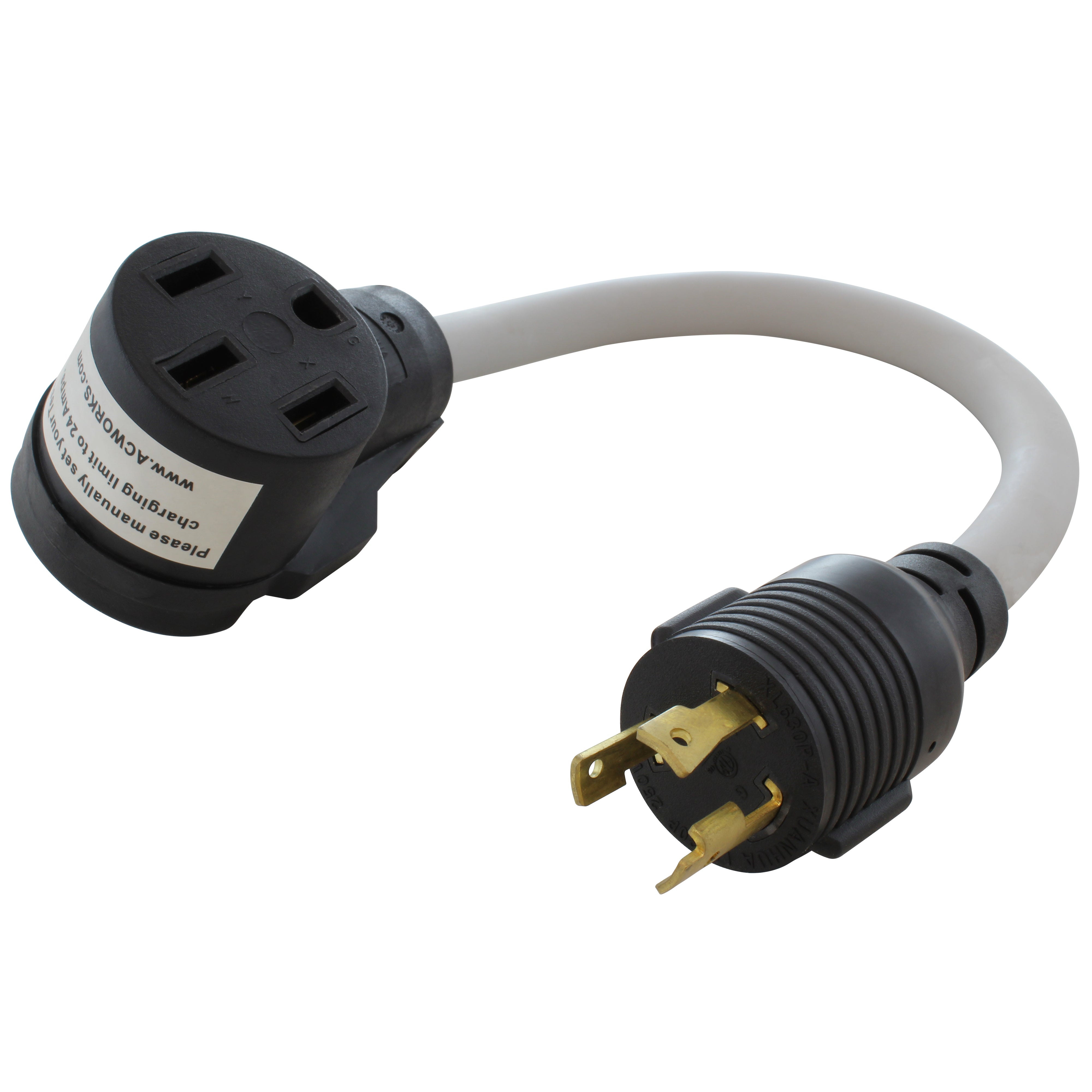
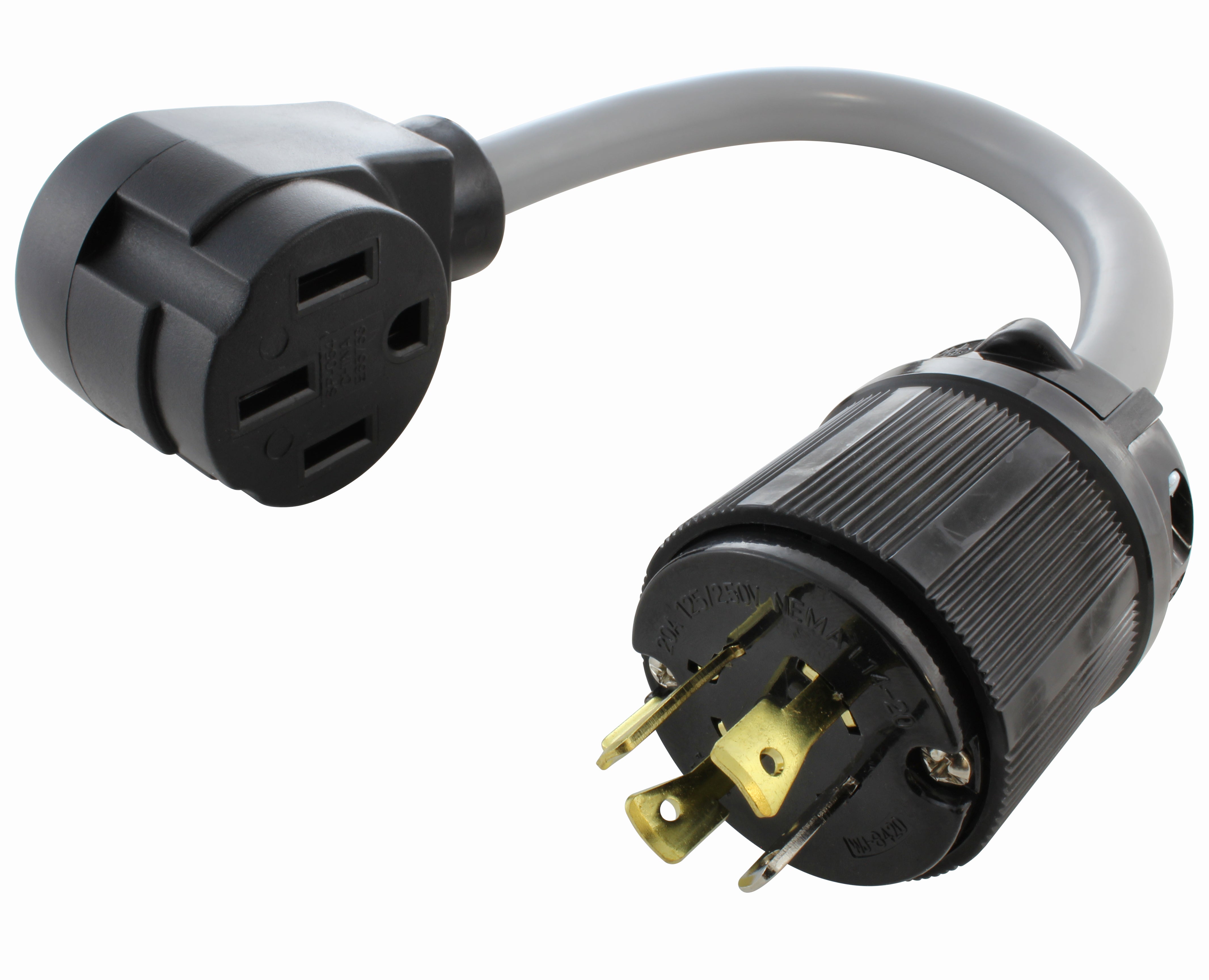
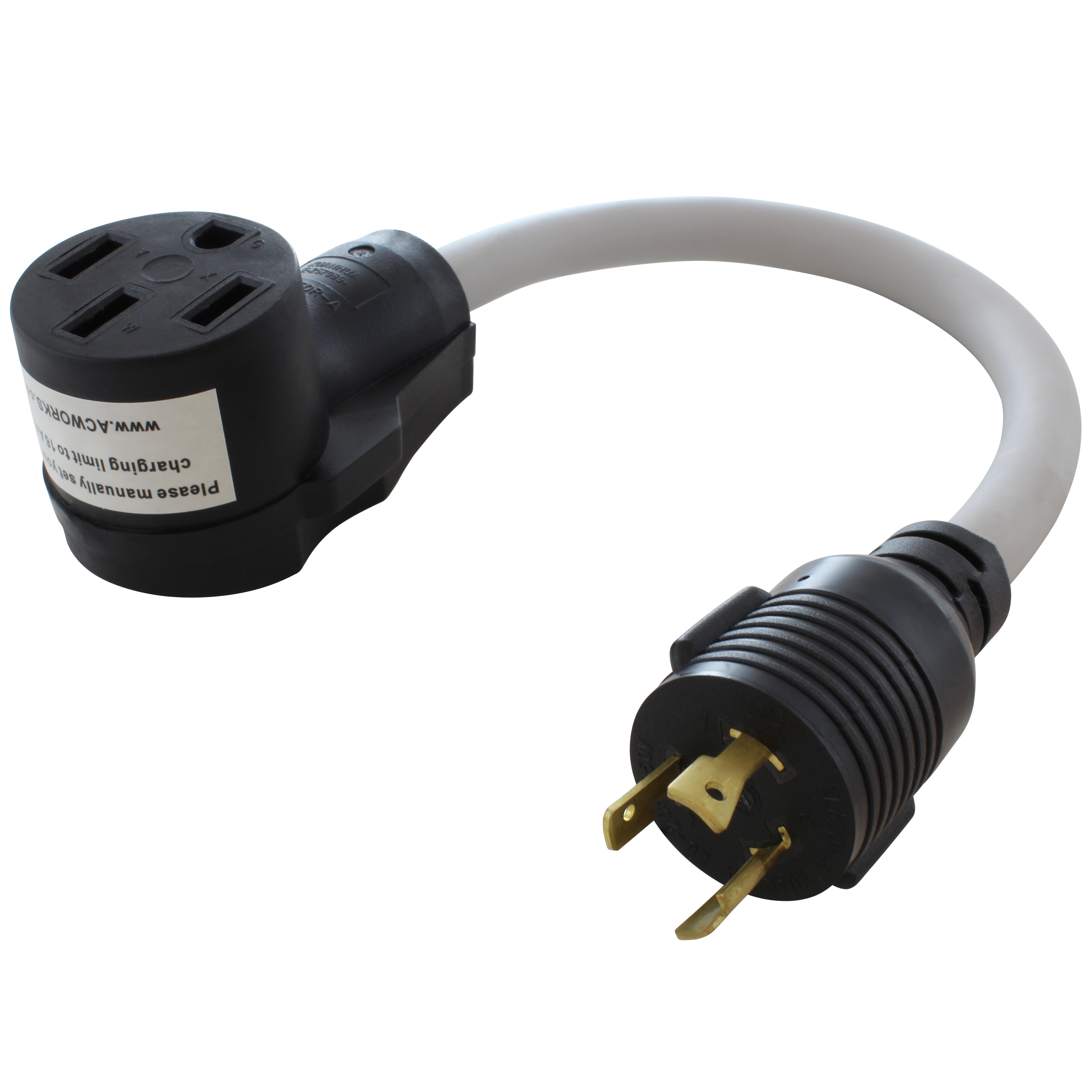
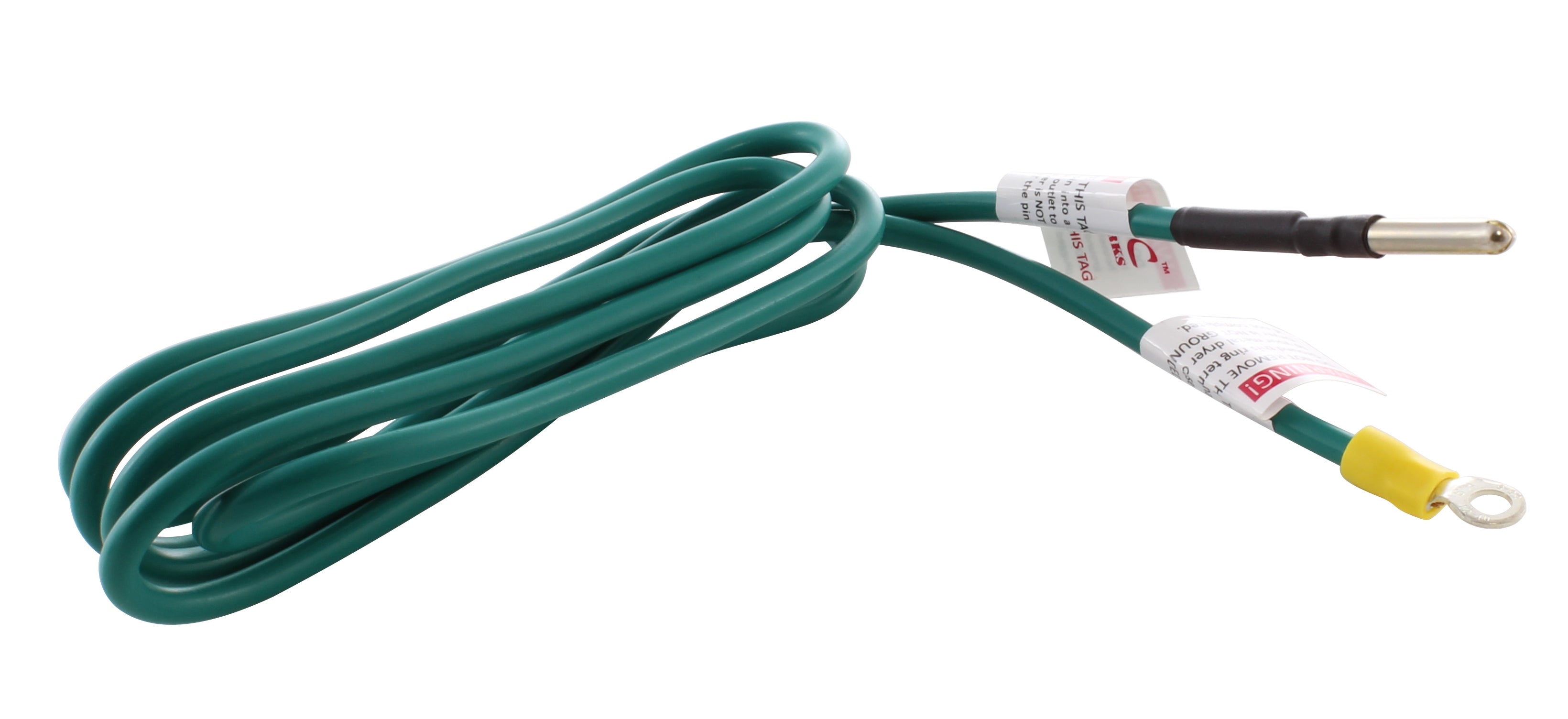
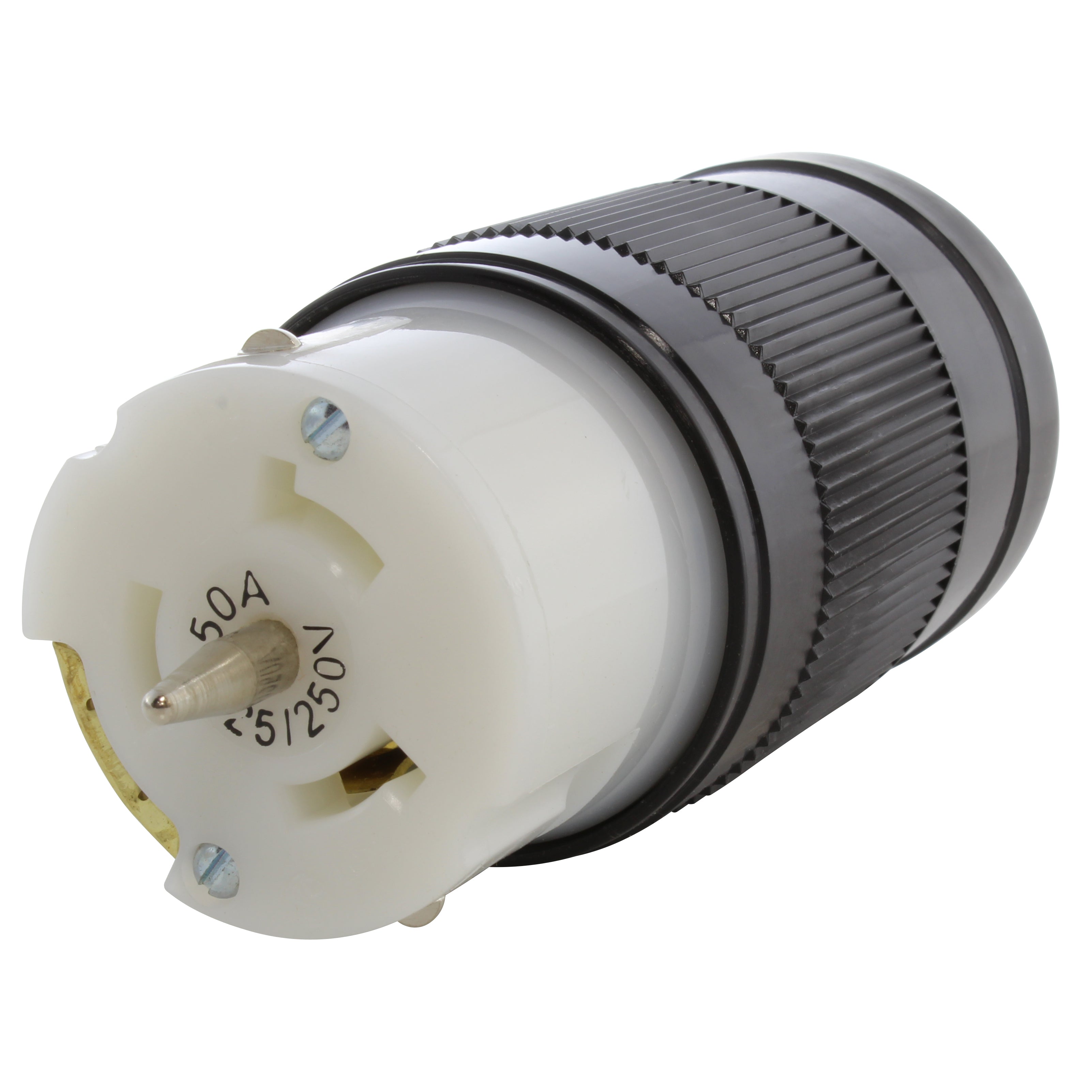
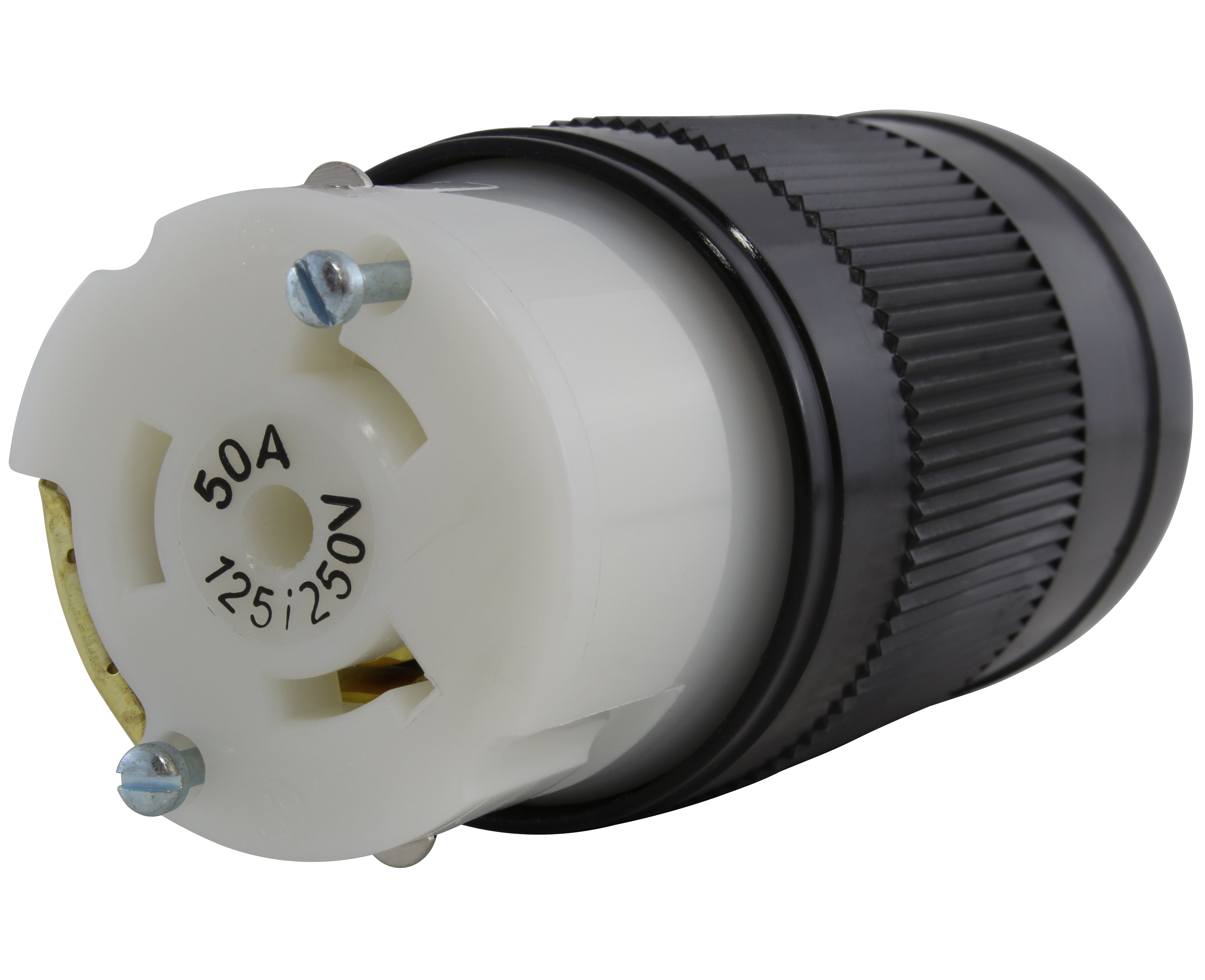
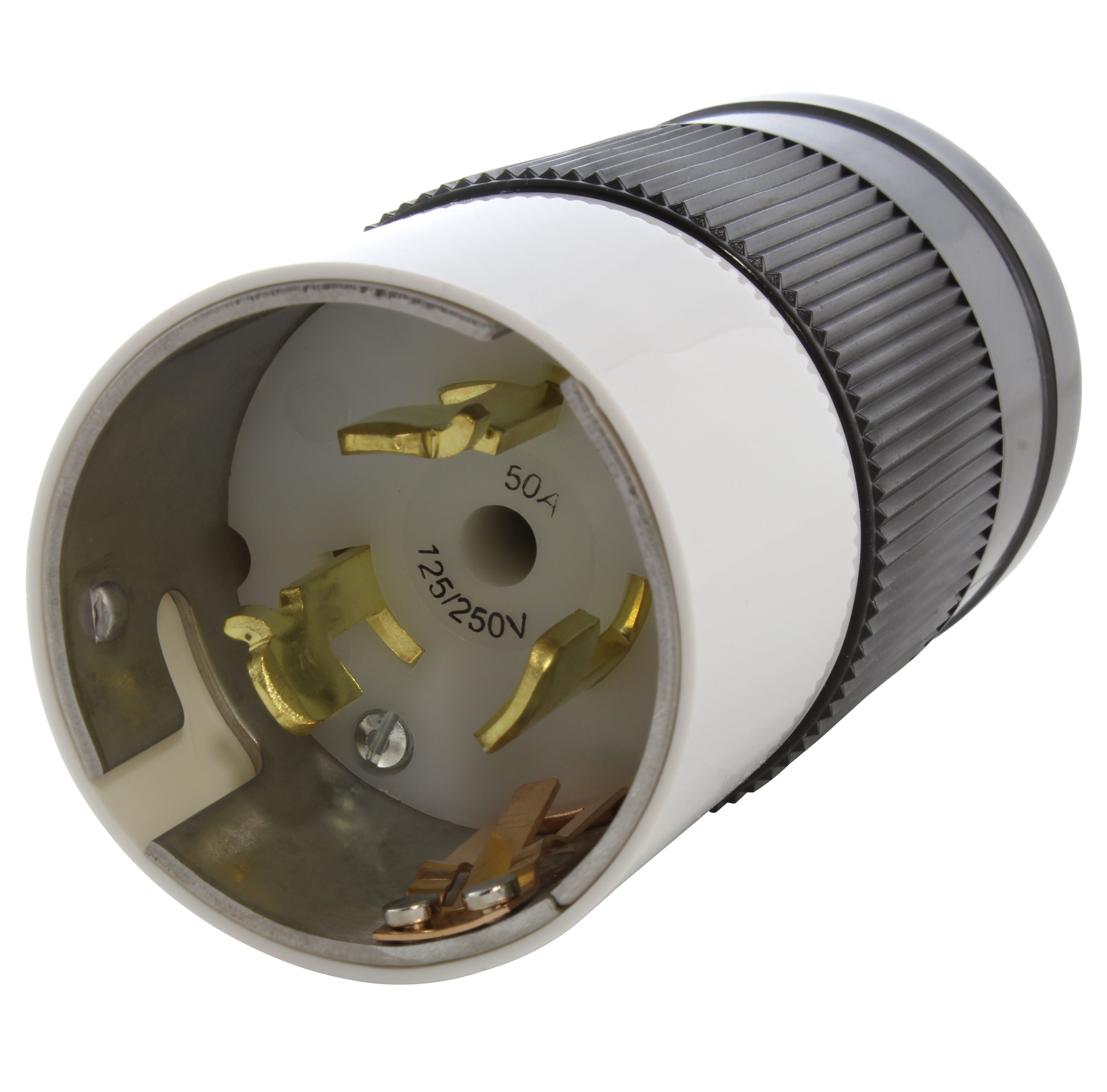
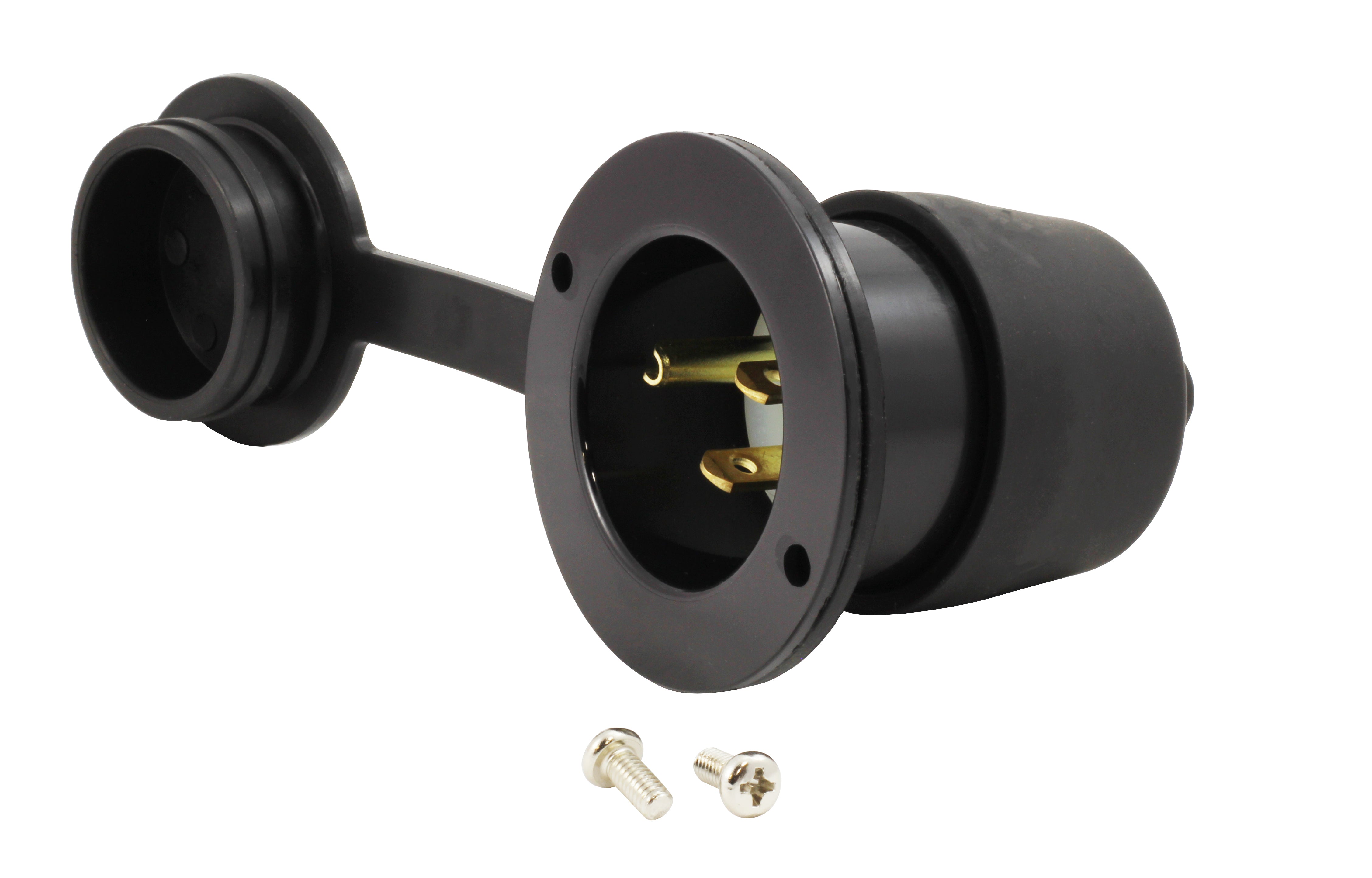
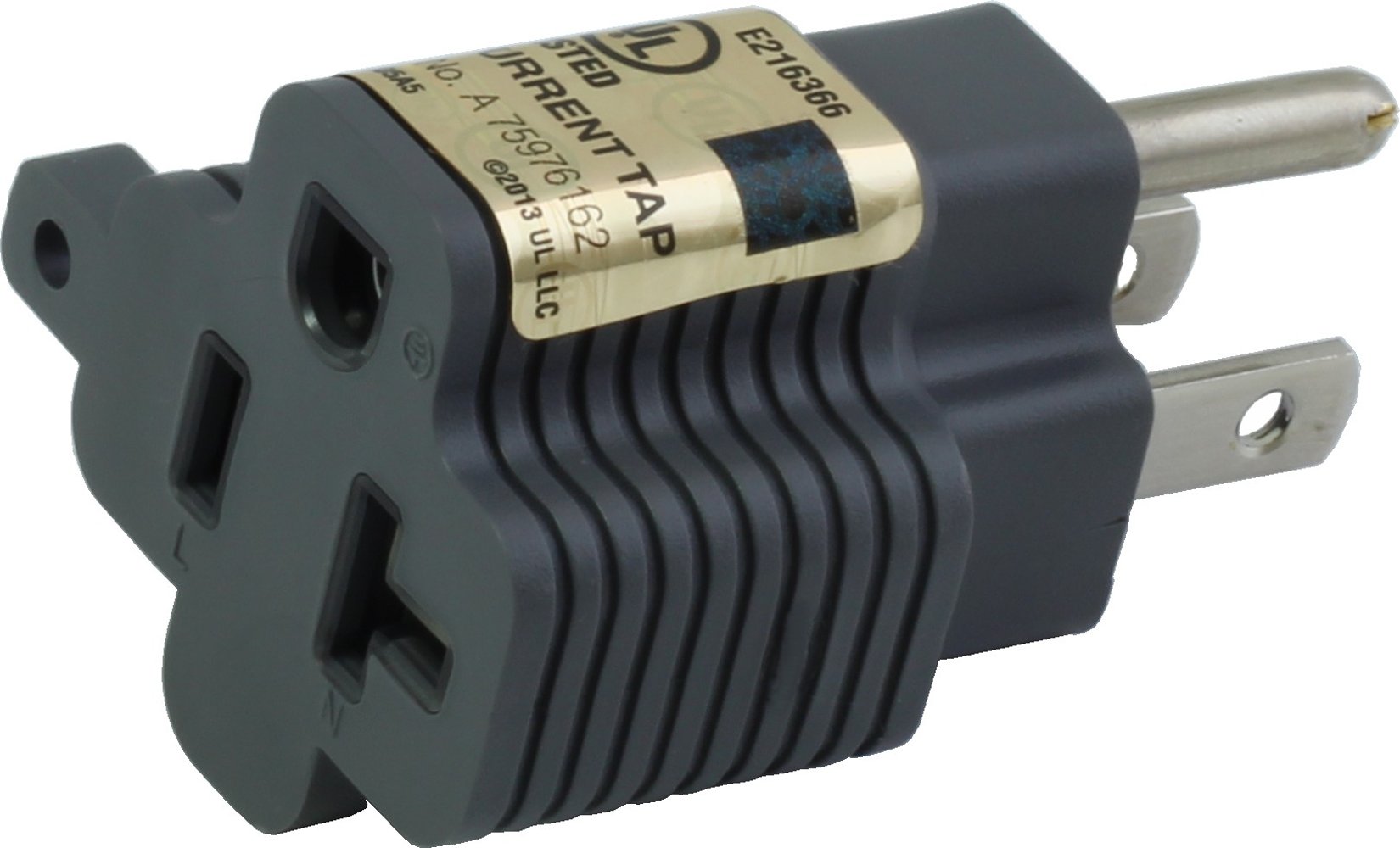
![AC WORKS® [ADV104] 3-Prong Heavy-Duty V-DUO Household Outlet Adapter](http://acworks.com/cdn/shop/products/ADV104-0.jpg?v=1605738768&width=3128)
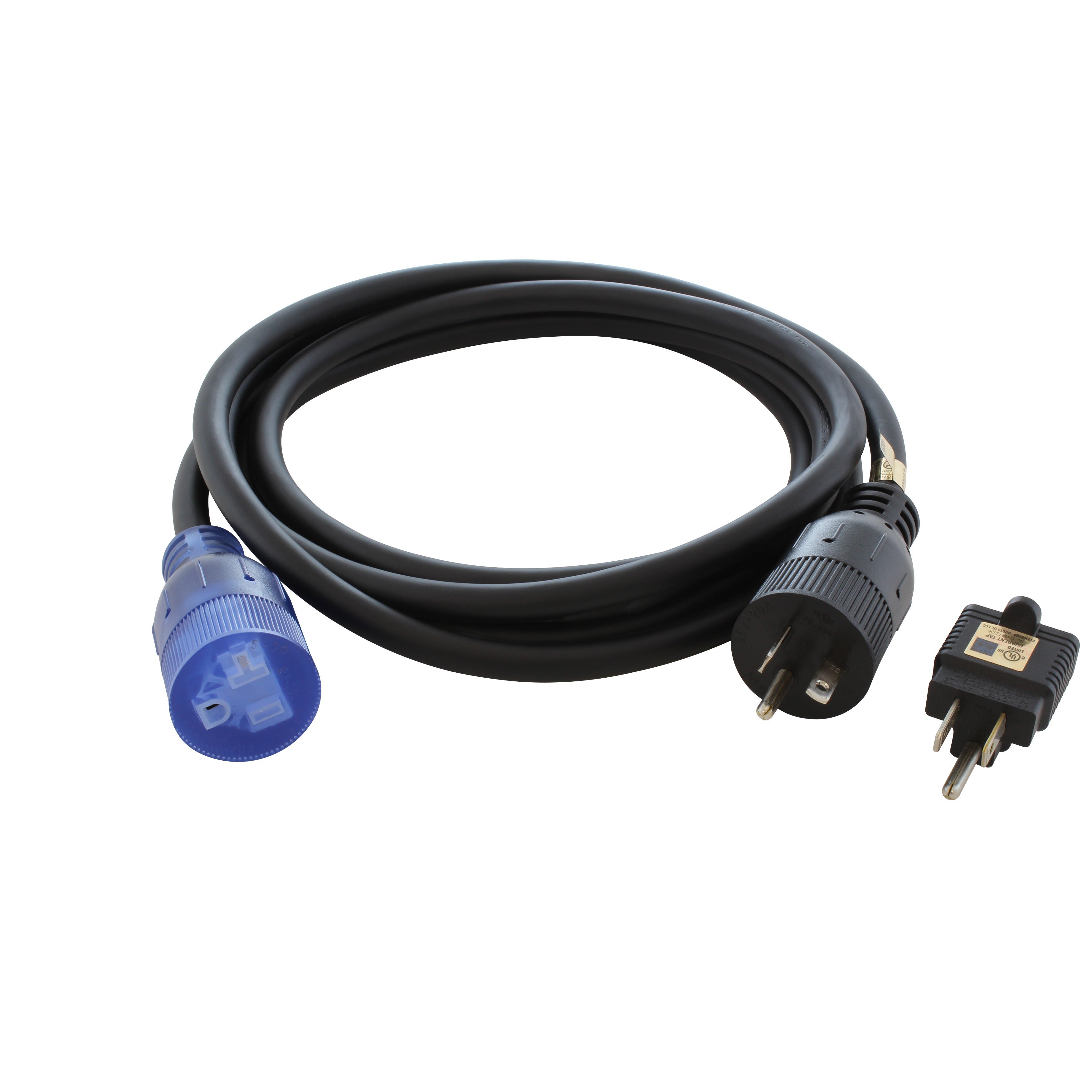
![AC WORKS® [XH515520] 15A to 15/20A 125 Volt Plug Adapter with ETL Safety Approval](http://acworks.com/cdn/shop/files/XH515520-0_daea425a-f439-48df-bb75-052167057f12.jpg?v=1729091519&width=2500)
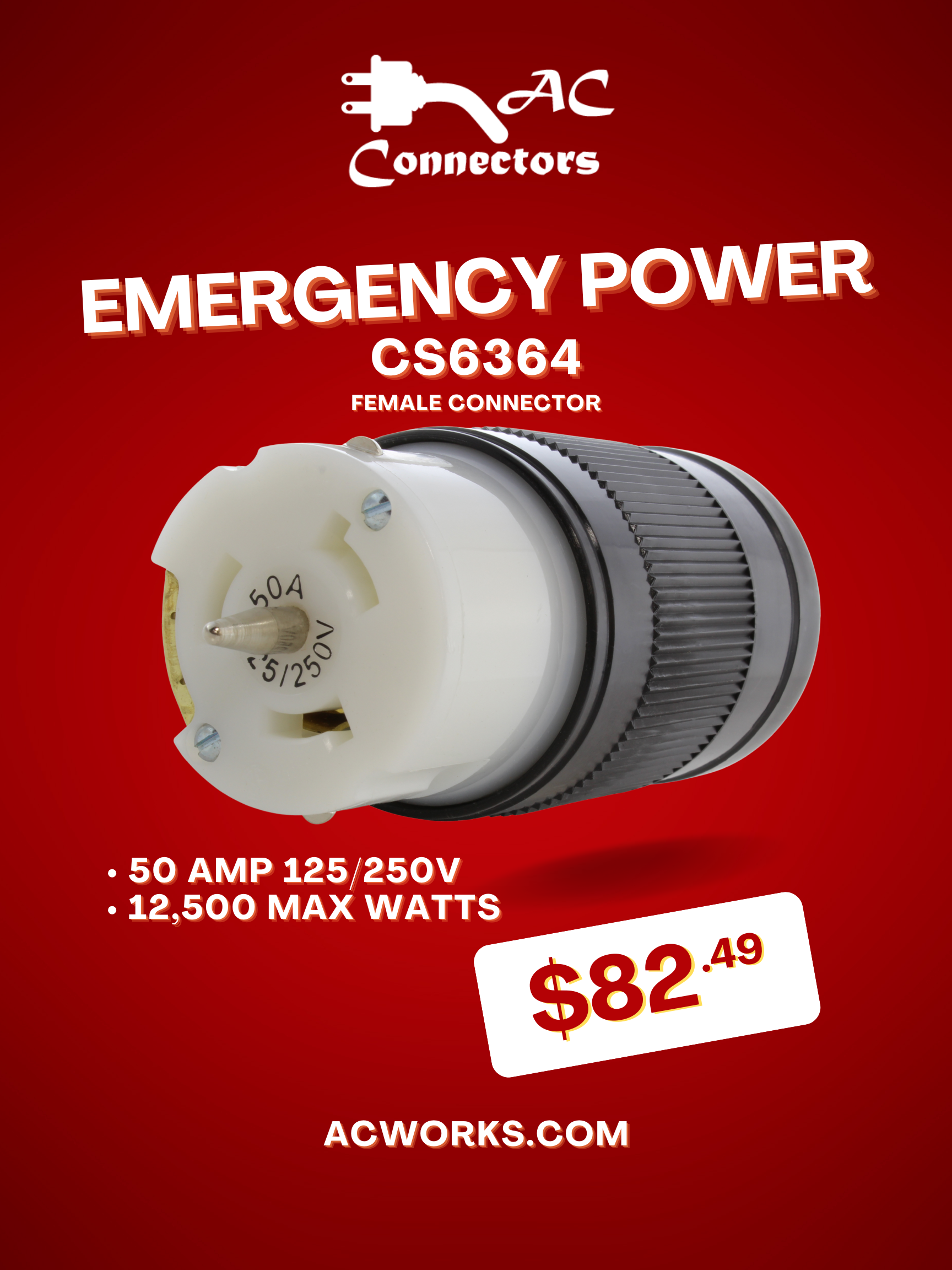
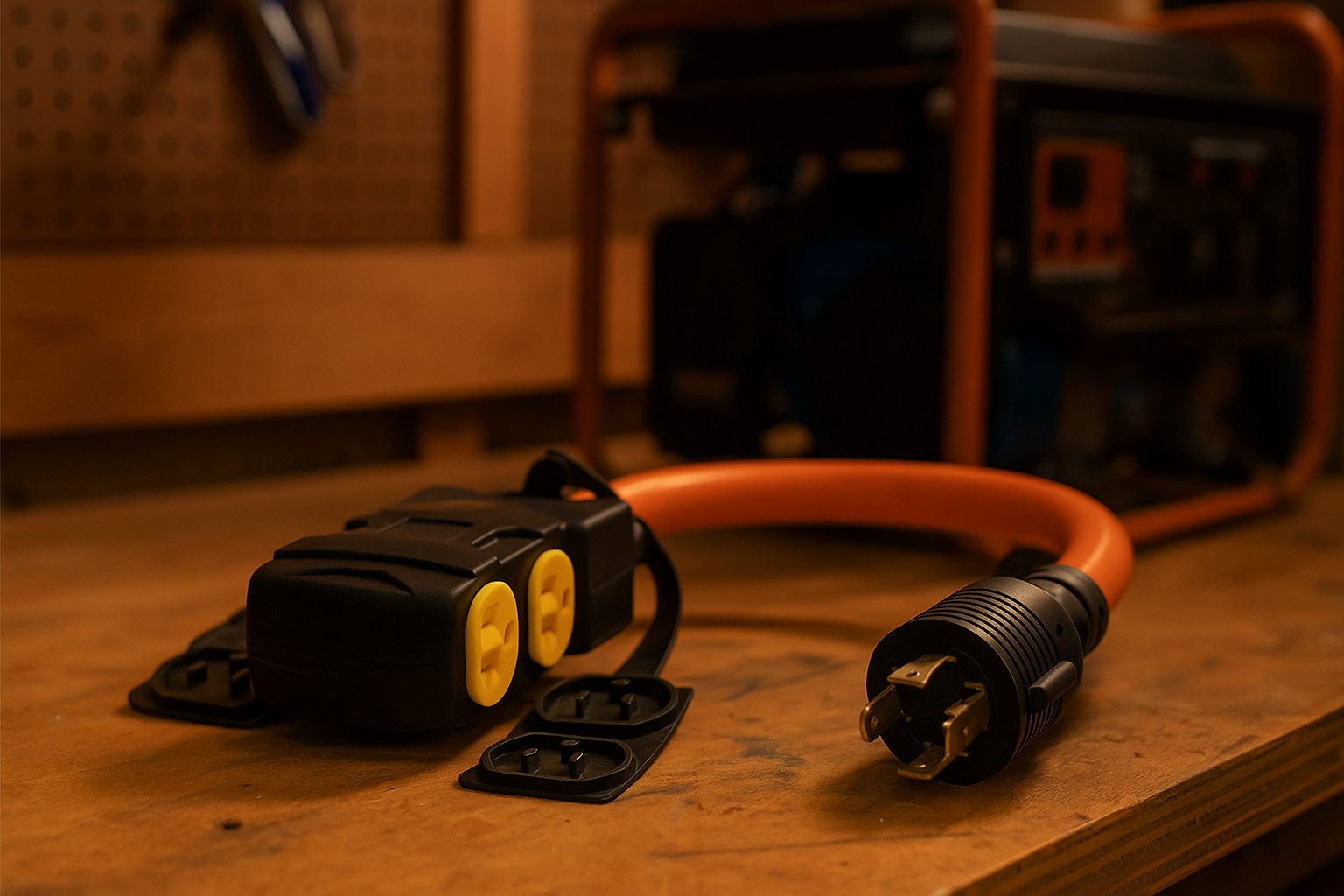

Share:
The Story of AC WORKS®: From a Garage Start-Up to Powering North America
Can One Outlet Run Both 120V and 240V?